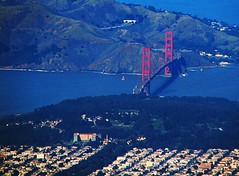
The UK's largest blog network Shiny Media, has secured $4.5m in funding from Dan Wagner's venture capital arm, Bright Station. Dan Wagner bought the tech remnants of ill-fated Boo.com and built e-commerce supplier Venda and search engine Locayta.
Shiny Media set up by Guardian technology contributor Ashley Norris, Chris Price and Katie Lee has grown from the initial Tech Digest to now 22 blogs with 3 million readers monthly.
Their blogs are grouped in four main sections. Shiny Tech including 'James Murdoch's favourite' HDTV, Shiny Sport featuring Who Ate All The Pies, Shiny Fashion with Shoewawa and Shiny Lifestyle with the exquisitely named Bayraider.

Commenting on their funding, Ashley answers the question why they need $4.5m at a cost of 50% of the company:
1) competing with mainstream media.
3) video is the future for blogging.
4) expanding our range of blogs.
5) eyeing up new horizons.
"Why Bright Station Ventures? Well we have worked really hard to develop Shiny and we wanted like-minded entrepreneurs who were prepared to ‘sweat’ with us, not just look over our shoulder. Shaa and Dan are both dynamos who aren’t afraid to get their hands dirty. They don’t just bring the backing of an exciting new fund to Shiny, they also bring experience, contacts and the kind of commercial nous Shiny needs to achieve its goals."
The significance of this deal is likely to be resonating around the blogosphere for some time to come.
Photo of Ashley Norris courtesy of ProBlogger








